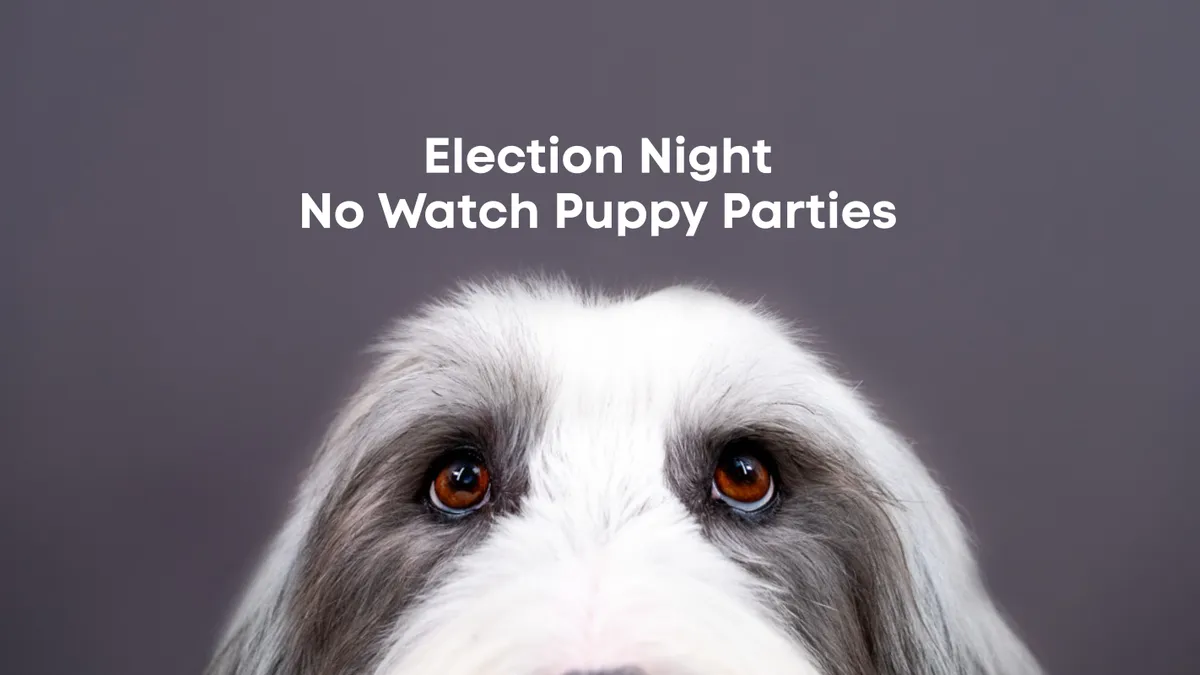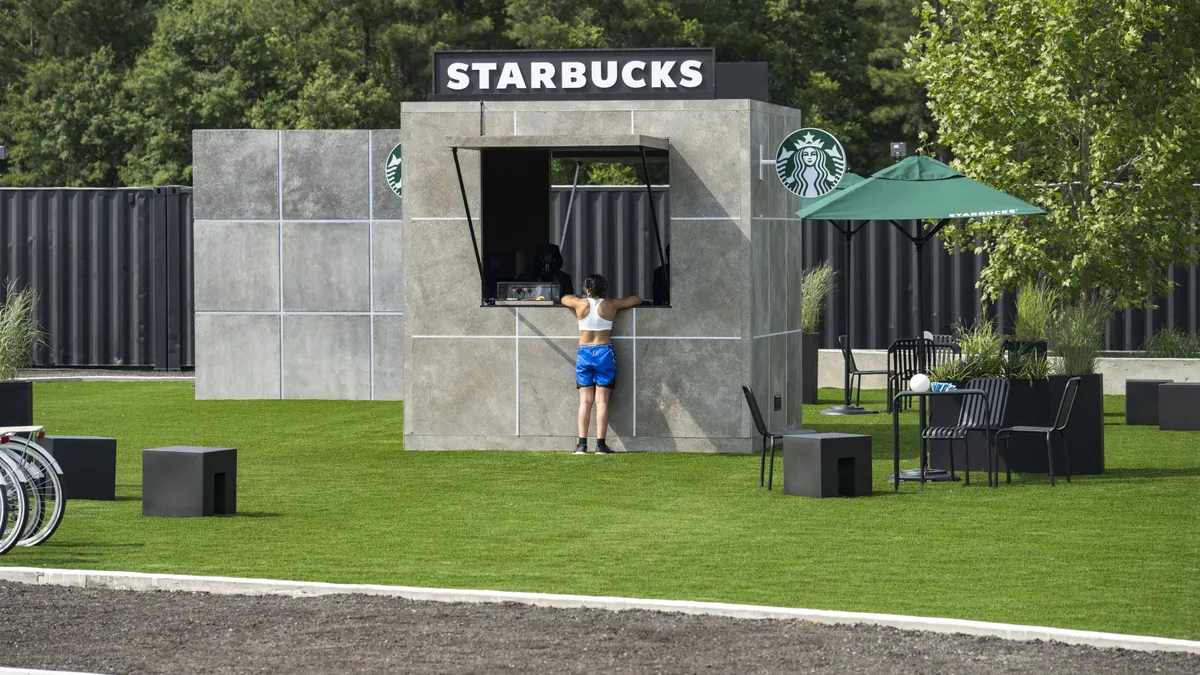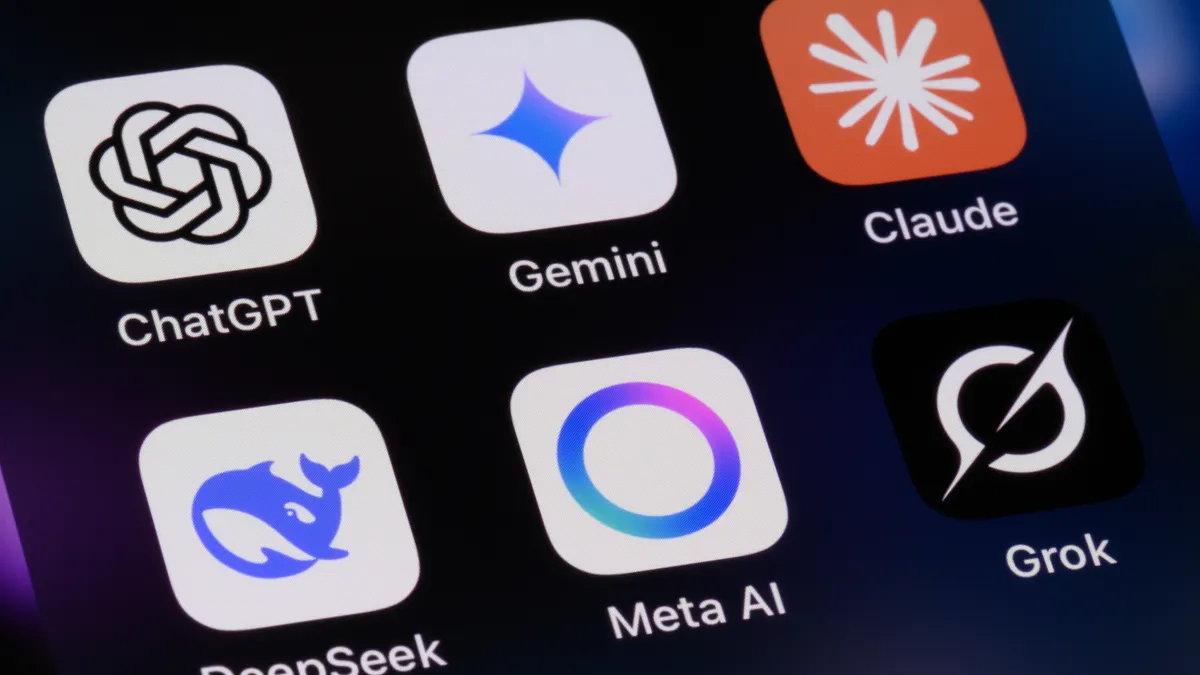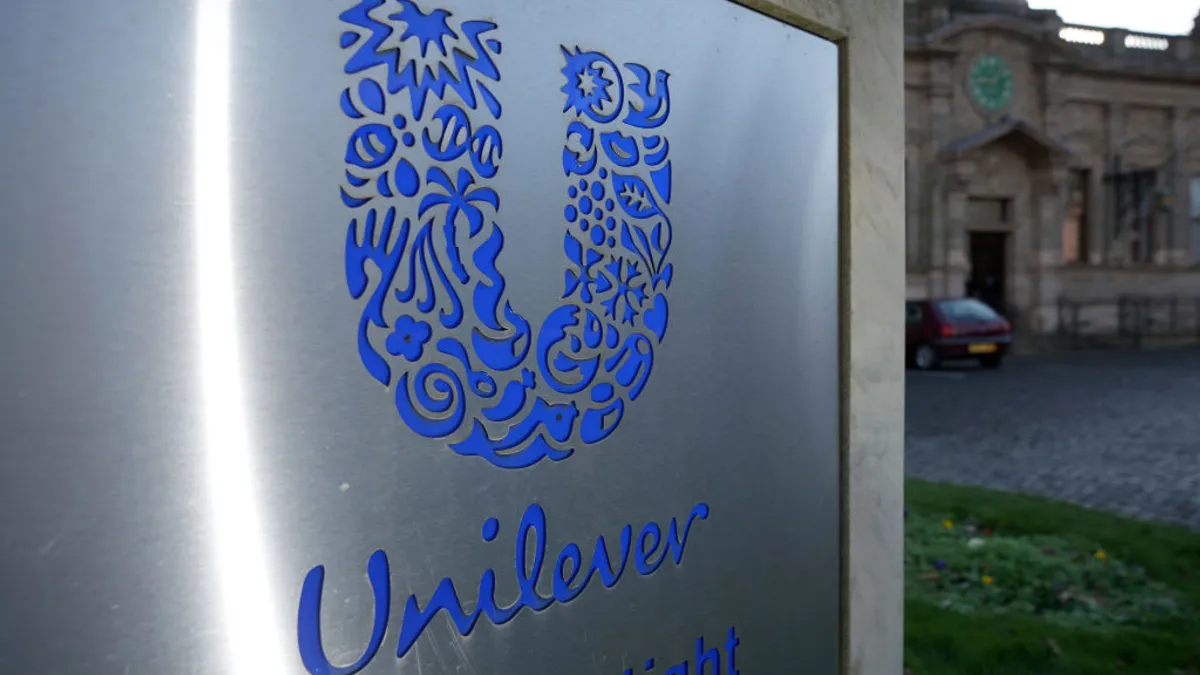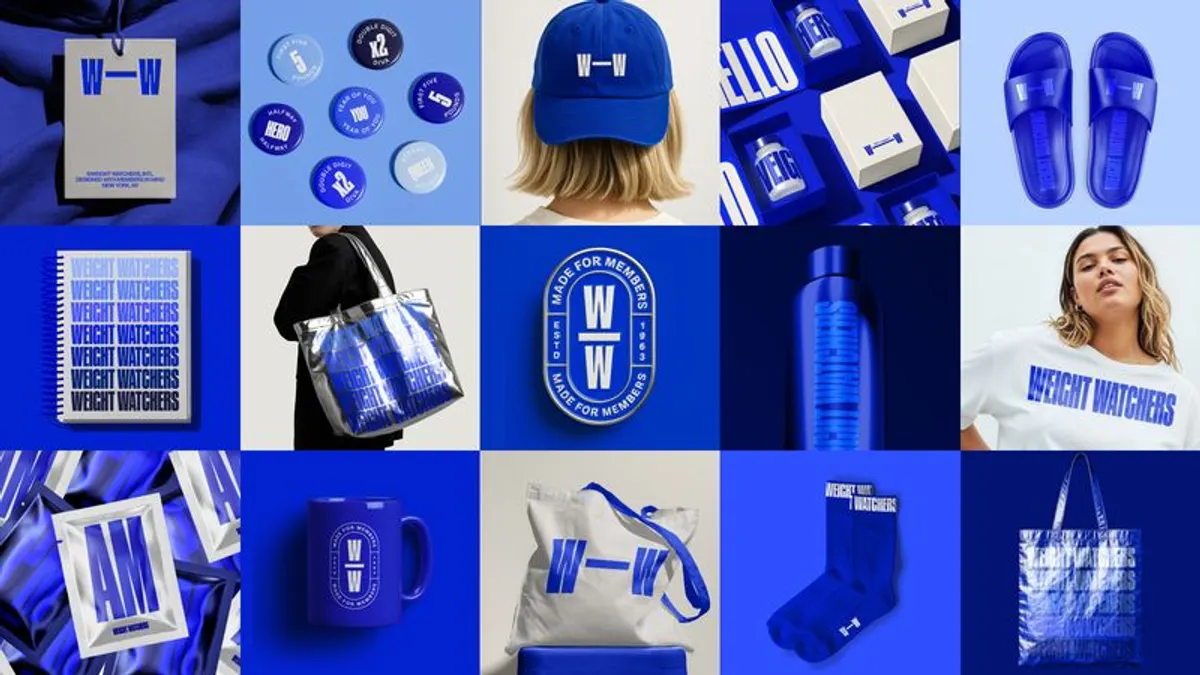Brands face a slippery slope when taking political stances, as evidenced by a recent GWI survey that found 22% of U.S. consumers stopped using or purchasing a product due to a brand’s political opinions over a three-month period spanning late summer and early fall. On social media, 18% of those surveyed unfollowed a brand or influencer for the same reason.
It is understandable, then, that a majority (82%) of marketers are concerned about how to correctly market their brand during a heated presidential race, according to research from Forrester. In 2024, a few brands have found a perch by leaning into the heightened emotions around the November election and providing consumers with messages of comfort — or an outlet for their anxiety.
Organic yogurt maker Stonyfield recently launched the “Toxic Free Election Challenge,” an organic campaign encouraging people to log off of social media during the month leading up to the election for a chance to win $1,000. The effort builds on the brand’s history of helping consumers avoid toxins like pesticides, said Kristina Drociak, director of public relations and digital strategy for Stonyfield.
“With this year being an election year, the brand saw an opportunity to extend this message in a relevant and positive way to encourage customers to avoid toxins in their lives, this time by eliminating the digital toxicity by encouraging a break from social media,” Drociak said.
The campaign has resonated with Stonyfield’s customer base. In the first two weeks of the challenge, 2.1 million people agreed to go off social media, Drociak reported.
Emotions run high
The challenges around mixing politics and brand marketing may be compounded leading up to the current presidential election, which has been particularly charged. One-third of Americans say they avoid political content online for various reasons, including: because it makes them feel overwhelmed (35%); creates conflict or a hostile environment (32%) or negatively impacts their emotional well-being (30%), GWI found. Additionally, 35% of Americans reduced their social media usage in the last quarter. Nearly half (49%) cited political discussions as the reason they pulled back, according to the global researcher’s survey of over 2,000 U.S. adults.
The numbers also suggest that political social media posts from brands that don’t land well could have a negative impact on awareness and purchase intent. Of the Americans who have limited their social media access, a meaningful percentage have previously purchased a product after seeing it featured on Facebook (36%),YouTube (34%), Instagram (27%) and TikTok (21%). Major advertisers like Bud Light and Target last year were swept up in culture wars backlash over their perceived alignment on sensitive social issues while diversity, equity and inclusion programs remain under sharper pressure in the larger corporate world.
“With a significant number of consumers disengaging from brands that take political stances — and many even avoiding products altogether — it’s clear that if brands want to maintain their customer base, they need to be considerate of how their political messaging is received and seriously question whether they need to post political content at all,” said Matt Smith, trends analyst at GWI, in a statement.
Although U.S. elections seem to have become more contentious of late, this isn’t a time for CMOs to pull their advertising dollars, according to Forrester’s report, “How To Advertise In An Election Year.” Instead, brands should look at the election cycle as a time to bolster their resilience.
As Stonyfield’s effort highlights, the negative discourse around social media can provide opportunities to make an emotional connection. This in turn could help build awareness with key demographics.
When it comes to younger generations, 30% of millennials and 27% of Gen Z like when consumer brands take a political stand, according to a Cint survey of 2,000 adults presented at Advertising Week New York in early October. Half of millennials and 60% of Gen Z are more likely to support a consumer brand aligned with their values.
Older generations are more wary of brands that mix with politics: Only 9% of baby boomers like brands taking a political stand. For Gen X, the number is 13%. Republicans have the strongest dislike of when consumer brands take a political stand at 55%, compared to 26% of Democrats, Cint found.
"Before consumer brands take a political stand, it is crucial for them to understand their target demographics,” said Ariel Madway, marketing director at Cint, in an email.
Shared values
Leading up to the election, some of the tactics that brands should be embracing to guard their reputation include reassessing brand safety guidelines and keyword exclusions as well as leveling up their social listening so they can stay alert to any bad actors who may potentially misuse their brand, said Forrester Principal Analyst Audrey Chee-Read, co-author of the report on advertising in an election year.
Some consumer brands have found a way to avoid direct political stances while still keying into how consumers feel about the looming election.
Global restaurant chain Red Lobster, which recently emerged from bankruptcy, is taking a tongue-in-cheek approach to pre-election marketing. Last month, the seafood chain launched “Cheddar Bay 2024,” a campaign intended to bring people together — regardless of their political affiliation — over dinner while offering consumers a chance to win free Red Lobster for four years, or the length of a presidential term.
“Cheddar Bay 2024 is a bite-partisan campaign that champions the values we can all rally behind — cheesiness, freshness, and that warm, buttery goodness we crave — because when biscuits rise, America thrives,” the brand said in a press release.
Red Lobster is running TV and digital ad spots that parody political commercials, including an ad calling out the “stale policies” from other “restaurant breads.” In addition to paid marketing, the company is providing free campaign kits featuring lawn signs, T-shirts, hats and buttons on CheddarBay2024.com.
To help consumers alleviate their stress around the upcoming election, Marriott-owned hotel brand Aloft, which bills itself as pet-friendly, is banking on the soothing qualities of adorable dogs. A new 47-minute branded YouTube video features a dog-led meditation “to escape election noise.” In it, a canine looks into the camera while voiceover encourages viewers to relax and stay positive.
Rounding out the effort is a series of “Not Watch Pawties,” in-person events on Nov. 5 — election day — during which guests at five Aloft hotels, as well as locals, can snuggle with dogs from a shelter and socialize.
In the end, brands could still end up in hot water this election season despite their best efforts to avoid doing so. That’s because the digital landscape remains fraught with complexity and potential pitfalls, including generative artificial intelligence, which comes with destructive potential for brands that may not be immediately apparent. Risks related to AI in marketing include an uptick in deepfakes, robocalling and bad actors who misuse these tools.
“The idea that ‘this won’t happen to me’ is wishful thinking in today’s political landscape,” said Forrester’s Chee-Read. “Despite their best intentions, brands can become collateral damage if they don’t take proactive measures this election cycle.”

